Did you know the name “Kaldi” as in “Kaldi’s Coffee” was supposedly the name of a shepherd in Ethiopia, who discovered coffee once he saw his goats prancing around energetically after eating coffee beans. He decided to taste the beans himself and immediately experienced the same reaction to the caffeine. And so our morning cup of Joe and our 2:30pm pick-me-up latté are all thanks to Kaldi’s dancing goats. This legend is the inspiration for Kaldi’s new logo unveiled in February of this year, in honor of Kaldi’s 20th anniversary.
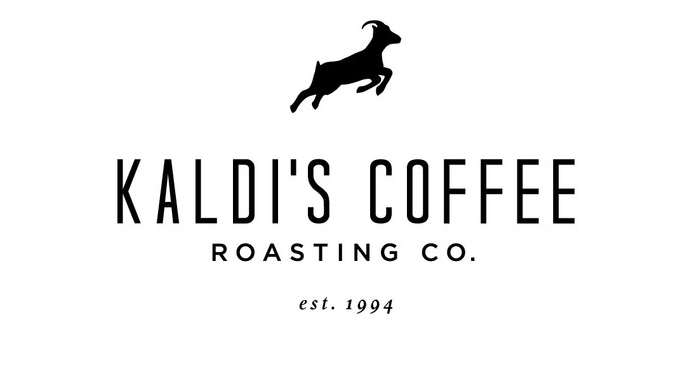
Photo courtesy of kaldiscoffee.com
Last week, the Wash U Spoon team had the chance to take an exclusive, behind-the-scenes tour of Kaldi’s roasting facilities and learn a bit about the process that happens between the coffee farm and the cup.
Kaldi’s is a full service operation based in St. Louis that provides businesses with everything they need to serve their customers specialty coffee (with the exception of dairy products), from the beans to the cups to the machines. The coffee served at Wash U, as well as at Kayak’s, is a Kaldi’s blend. This past month, at Wash U, we were drinking a blend of two different Nicaraguan coffees along with a Mexican coffee, but the combination changes with the seasonal availability of different beans—Kaldi’s prides itself on sourcing its beans from different parts of the world throughout the year, depending on freshness.
Caitlin Conrad, Kaldi’s wholesale customer service associate explains, “Since coffee is the seed of a fruit, it’s seasonal, just like any fruit or vegetable would be. So, we want to buy it just like any good chef would buy his produce. Just like if you have a strawberry tart in December, you might be a little nervous as to how fresh those strawberries are, if you have a coffee from Ethiopia all year-round, at some point it had to be out of season.”
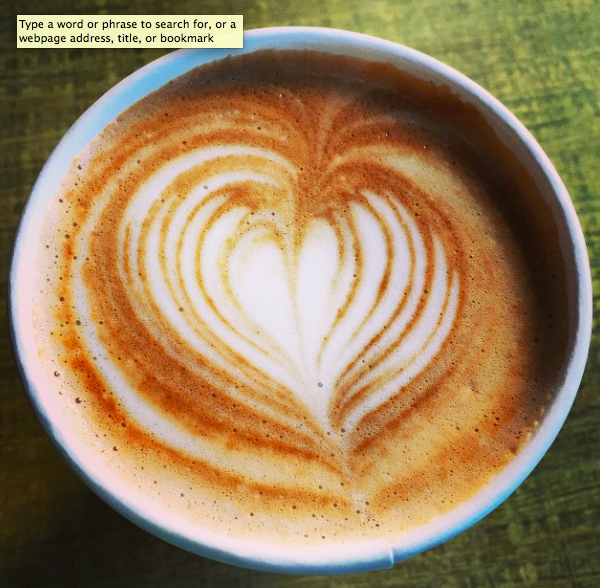
Photo courtesy of @kaldis_coffee
Kaldi’s is considered a specialty coffee producer, which means only 5% of the coffees available in the world qualify for their purchase. Every coffee is graded on a universal scale of 1-100, based on specific qualities of smell, taste, aftertaste, texture and cleanliness; Kaldi’s only purchases coffees that receive a grade of 85 or above. Interestingly, just like sommeliers for wine, there are a group of about 1,000 coffee graders worldwide, called Q graders, and Tyler, the man who sources Kaldi’s coffee, is one of them.
Roasting the Coffee
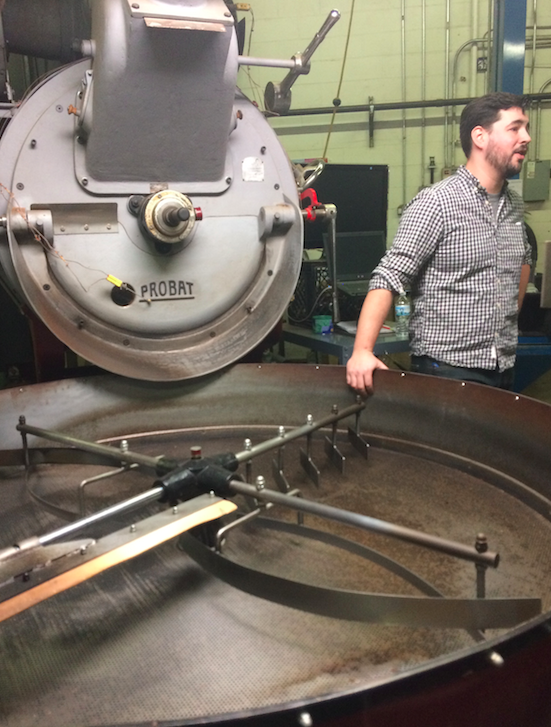
Photo by Colleen Powers
Once the coffee beans arrive at Kaldi’s, they go through a roasting process in an authentic 1937 cast-iron roaster, lovingly called Roxie. It takes about an hour to reach temperatures of 500+ degrees on the inside, when it is ready for use. The coffee beans start out green and then go through several physical and chemical changes, due to the convection heating system, turning golden and then brown. Roasters rely on sense of smell and periodically cup the coffee to determine the final roast.
Bud Patterson, one of the roasters at Kaldi’s explains, “Roasting is really about finding a balance in all facets of the art and the science behind it, and really in the final taste. We focus on acidity and sweetness of the coffee when we taste it, with acidity referring to the juicy, fruity aspects of it and sweetness referring to the chocolates and caramels. We try to showcase coffees for what they naturally have to offer.”
Including the farming, processing, cleaning and roasting stages, it is likely that every cup of coffee you drink, even from your local gas station, was touched by as many as 100 hands.
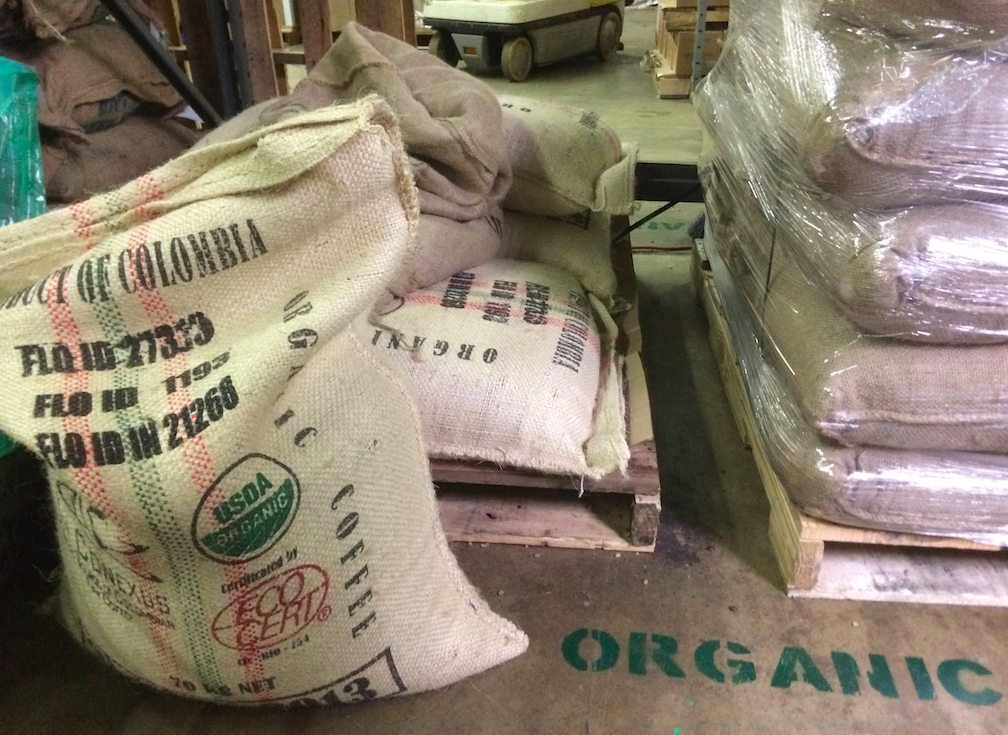
Photo by Colleen Powers
Kaldi’s often chooses to work with farmers directly, rather than working through the Fair Trade Corporation. Often, Fair Trade will combine coffees from multiple farms with beans of various qualities, which results in a mediocre blend; because Kaldi’s primary focus is quality, they prefer to select specific high-quality coffees to purchase and pay more to negotiate directly with these farmers.
Cupping the Coffee
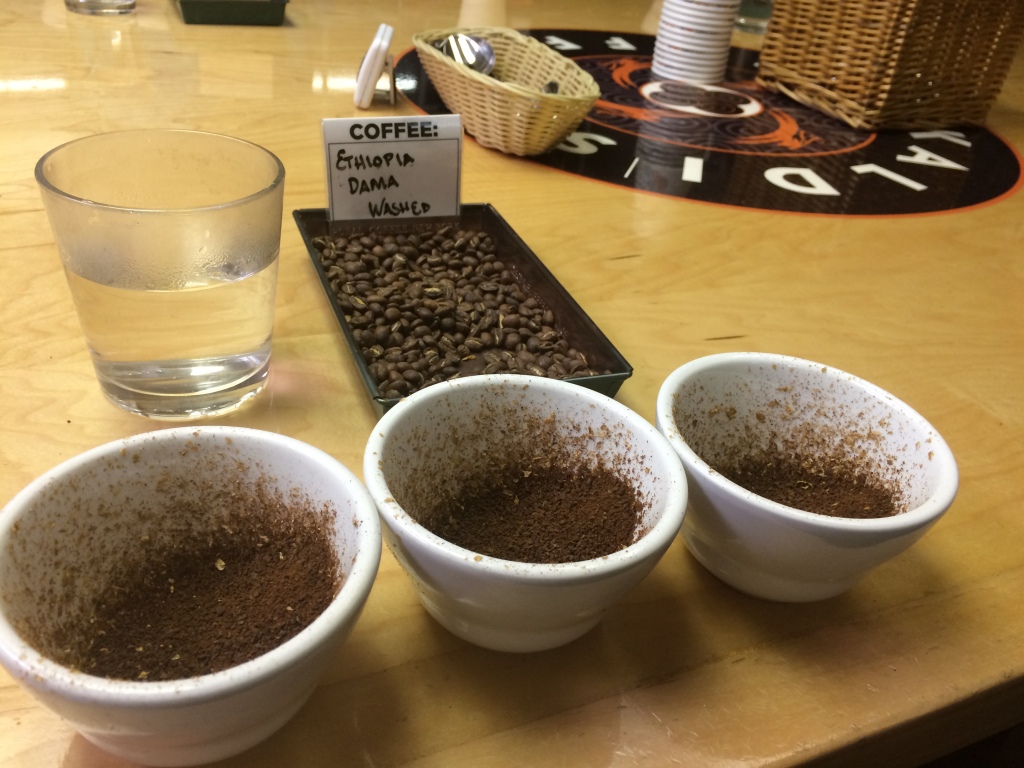
Photo by Katie Rial
While we were at Kaldi’s, we also had the chance to practice the international cupping method for several different coffees from Ethiopia and Kenya. First, we circled around the table, smelling the dry grounds and then repeated the process once hot water was added. The next step was “breaking” the coffee, which simply means submerging a spoon in it, after which we smelled it again. Bud and Caitlin removed the layer of oils that forms on top and then we finally had the opportunity to sample each coffee with a spoon. Bud demonstrated first, explaining that the proper way to taste it is actually to slurp it, so that it covers all areas of the tongue and palate. Apparently, if it sounds exactly like the slurping sound that your mom told you never to make, you’re doing it right.
Kaldi’s is soon expanding from its current 11,000-square-foot location to a 33,000-square-foot location next door, because the demand for Kaldi’s coffee exceeds their current capacity.


